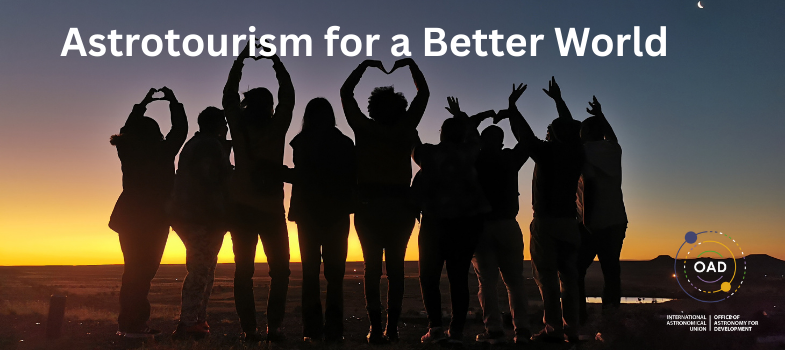Introduction to Astronomy
From the earliest days of humanity, the night sky has been a canvas for imagination and survival. Before there were clocks, calendars, or GPS, we had the stars. People noticed that the Sun rose and set in a rhythm, that the Moon waxed and waned, and that certain stars appeared only in certain seasons. These observations were not idle curiosity, they were essential for knowing when to plant, when to migrate, and how to find one’s way.
Different cultures gave the sky meaning through stories. The San of Southern Africa imagined the Milky Way as the ashes of a fire spread across the sky. The Egyptians aligned their pyramids to Orion’s Belt, reflecting the heavens on Earth. Explorers navigated across the oceans guided only by constellations and the rising and setting points of stars.

Source: see YouTube video - https://www.youtube.com/watch?v=VwHVdH9VIlE

Source: (African Skies) -https://journals.co.za/doi/pdf/10.10520/EJC-a25d98c84
It is easy to confuse astronomy and astrology, because both involve the stars and planets. But they are very different in purpose and method. Both share a common history, but they serve very different purposes: astronomy seeks to explain the universe through science, while astrology interprets the sky for meaning in human life.
-
Astronomy is the scientific study of the universe and everything in it beyond Earth’s atmosphere. It explores stars, planets, galaxies, and even the faint glow of the cosmic microwave background radiation left over from the Big Bang. Astronomers use physics, chemistry, and mathematics to understand the origins, evolution, and properties of celestial objects and the universe as a whole. It is evidence-based, testable, and always open to new discoveries.
-
Astrology, by contrast, is a cultural practice that interprets the positions and movements of celestial bodies, such as planets and stars, to forecast human events and describe personality traits. While astrology was once closely linked with early astronomy, today it is not considered a science because it does not rely on evidence or testing. Instead, it remains part of cultural heritage, belief systems, and personal identity for many people around the world.
When people first looked up at the night sky, they were not only seeing light. They were staring into questions that have shaped human thought for thousands of years. Where did everything come from? Why is there something rather than nothing? What was there before the Big Bang (How did we even know about the Big Bang)? What is our place in the vastness? Is the universe truly expanding? If it’s expanding does that mean it has a boundary? What is the universe expanding into? Is the universe infinite or finite? What is the shape and geometry of the universe(flat, spherical, closed, Donut shaped... )? How will the universe end (Or will it end?)?
In this module we will be touching on those questions through the lens of modern science and cultural astronomy, moving from the largest scales in existence to the familiar space we call home.
